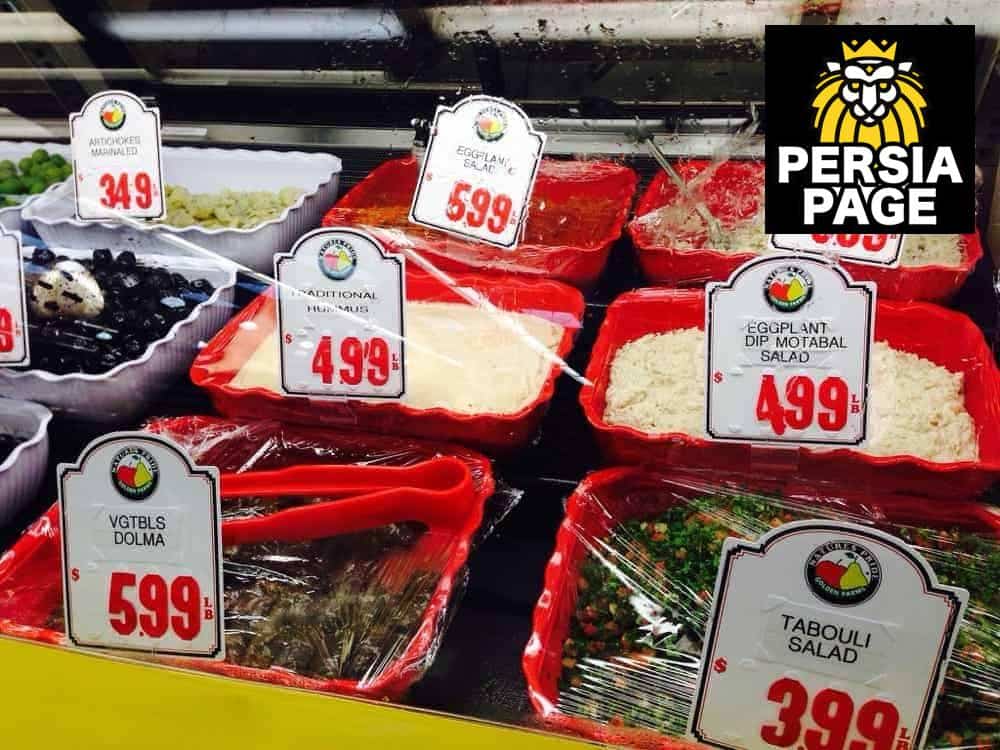

(See list inserted in handbook.) More and different native plants will become available if you demand them. Rarer ones can be found only at the few nurseries specializing in Lower Rio Grande Valley natives. Some of our native cacti and agaves, ground covers, and vines are readily available from most nurseries in the Lower Rio Grande Valley. Establishing rare species in landscapes spreads out the individuals so one catastrophe cannot take out a species all at once and also provides a reserve seed source in the event the last individuals of a species are eradicated from natural habitat. Within the four-county (Cameron, Hidalgo, Starr and Willacy) Lower Rio Grande Valley area over 98% of the natural habitat has been converted or cleared for urban, agricultural, or industrial use. Using native plants helps conserve rarer species which are vanishing due to habitat clearing. Native plants have evolved with temperature and rainfall extremes and will require less water than exotic plants. They are preadapted having evolved to tolerate local climatic extremes, local soils and local diseases and pests. Plants from this region have the genetic factors which ensure greater probability of survival. Plants native to the Lower Rio Grande Valley have advantages over plants brought in from elsewhere. The Native Plant Project has selected a varied sampling of the native cacti and agaves, ground covers, and vines to be featured in Plant Communities of the Lower Rio Grande ValleyĪn estimated 1,200 native flowering plant species grow in the Lower Rio Grande Valley, Texas. Planting and Care of Vines and Ground Covers The web version of Cacti, Ground Covers & Vines of the Lower Rio Grande Valley, TX Landscape Uses and Identification By the Native Plant Project


 0 kommentar(er)
0 kommentar(er)
